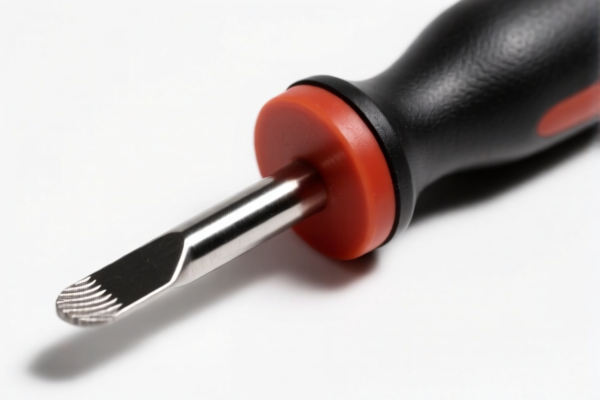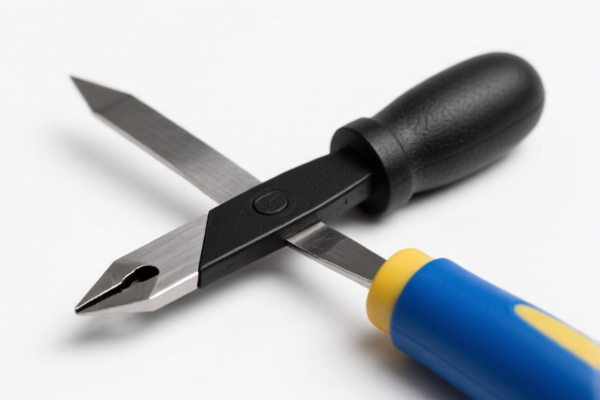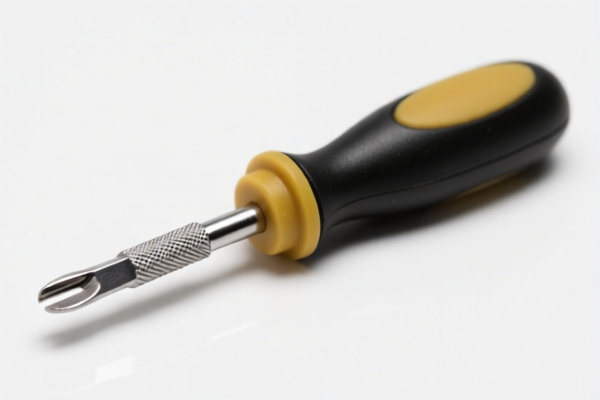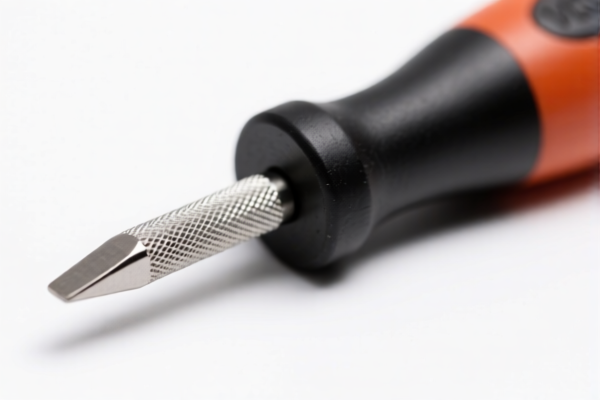| HS Code | Official Doc | Tariff Rate | Origin | Destination | Effective Date |
|---|---|---|---|---|---|
| 8208100030 | Doc | 55.0% | CN | US | 2025-05-12 |
| 8208100060 | Doc | 55.0% | CN | US | 2025-05-12 |
| 8458110005 | Doc | 59.4% | CN | US | 2025-05-12 |
| 8458190030 | Doc | 59.4% | CN | US | 2025-05-12 |
| 8467891000 | Doc | 37.5% | CN | US | 2025-05-12 |




Turning Tool
A turning tool is a single-point cutting tool used in turning operations to remove material from a rotating workpiece. These operations are typically performed on a lathe. The tool is fed into the workpiece, creating a helical cut as the workpiece rotates.
Material
Turning tools are manufactured from a variety of materials, selected based on the workpiece material, cutting speed, and desired tool life. Common materials include:
- High-Speed Steel (HSS): A common and relatively inexpensive option, suitable for lower cutting speeds and general-purpose machining of steels, aluminum, and other materials.
- Carbide: Offers significantly higher hardness and wear resistance than HSS, allowing for higher cutting speeds and longer tool life, especially when machining harder materials like stainless steel, cast iron, and high-alloy steels. Carbide inserts are commonly used, offering ease of replacement.
- Ceramics: Used for very high-speed machining of hard materials, offering excellent wear resistance but are more brittle than carbide.
- Diamond: Provides the highest hardness and wear resistance, ideal for non-ferrous materials, plastics, and abrasive materials.
- Coatings: Tools are often coated with materials like titanium nitride (TiN), titanium carbonitride (TiCN), or aluminum titanium nitride (AlTiN) to improve hardness, reduce friction, and enhance tool life.
Purpose
The primary purpose of a turning tool is to shape a rotating workpiece through material removal. Specific shaping operations include:
- Turning: Reducing the diameter of the workpiece.
- Facing: Creating a flat surface perpendicular to the workpiece axis.
- Boring: Enlarging an existing hole.
- Grooving: Cutting a narrow channel into the workpiece.
- Parting/Cut-off: Cutting the workpiece off from the chuck.
- Threading: Creating helical threads on the workpiece.
- Chamfering/Knurling: Creating angled edges or textured surfaces.
Function
The function of a turning tool relies on several key components:
- Shank: The portion of the tool held in the tool holder or turret.
- Body: Connects the shank to the cutting edge.
- Cutting Edge: The sharp portion of the tool that contacts the workpiece and removes material. The geometry of the cutting edge (rake angle, clearance angle, nose radius) significantly affects cutting performance.
- Chip Flutes: Grooves on the tool body that provide a path for chip evacuation.
Usage Scenarios
Turning tools are used in a wide range of industries and applications, including:
- Manufacturing: Production of cylindrical components for automotive, aerospace, and general engineering applications.
- Prototyping: Creating custom parts for research and development.
- Repair & Maintenance: Machining components for repairs and modifications.
- Woodturning: Shaping wood into decorative or functional objects (using specialized woodturning tools).
- Metalworking: General metal shaping and fabrication.
Common Types
- Straight Turning Tools: The most basic type, used for general turning operations.
- Taper Turning Tools: Used to create tapered surfaces.
- Boring Bars: Long tools used for boring deep holes.
- Parting Tools: Designed for cutting off material.
- Threading Tools: Used for creating internal or external threads.
- Form Tools: Used to create complex shapes or profiles.
- Insert Tools: Utilize replaceable carbide or other inserts for increased versatility and reduced tool costs.
- Indexable Tools: A type of insert tool where multiple cutting edges are arranged on a single insert carrier.
- Woodturning Tools: Include gouges, chisels, skews, and parting tools specifically designed for wood.
Turning tools are tools used for removing metal, typically in a lathe. Based on the provided information, several HS codes may be relevant.
- 8458110005: This HS code covers lathes (including turning centers) for removing metal, specifically horizontal lathes that are numerically controlled and are used or rebuilt. This applies if the turning tool is integrated as part of a used or rebuilt numerically controlled horizontal lathe. (Chapter 84: Nuclear reactors, boilers, machinery and mechanical appliances; parts thereof; Chapter 58: Numerically controlled lathes).
- 8458190030: This HS code covers lathes (including turning centers) for removing metal, specifically horizontal lathes that are not numerically controlled, and are categorized as 'other', including engine or toolroom lathes. This applies if the turning tool is integrated as part of a non-numerically controlled horizontal lathe, such as an engine or toolroom lathe. (Chapter 84: Nuclear reactors, boilers, machinery and mechanical appliances; parts thereof; Chapter 58: Other horizontal lathes).
- 8467891000: This HS code covers tools for working in the hand, pneumatic, hydraulic or with self-contained electric or nonelectric motor, and parts thereof, specifically 'other tools' suitable for metal working. This applies to individual turning tools that are hand-operated or powered by pneumatic, hydraulic, or electric/nonelectric motors. (Chapter 84: Tools for working in the hand, pneumatic, hydraulic or with self-contained electric or nonelectric motor; parts thereof; Chapter 67: Other tools suitable for metal working).
According to the provided reference material, the HS code options related to 'turning tool' are limited, with only the following 3 found.
Customer Reviews
No reviews yet.